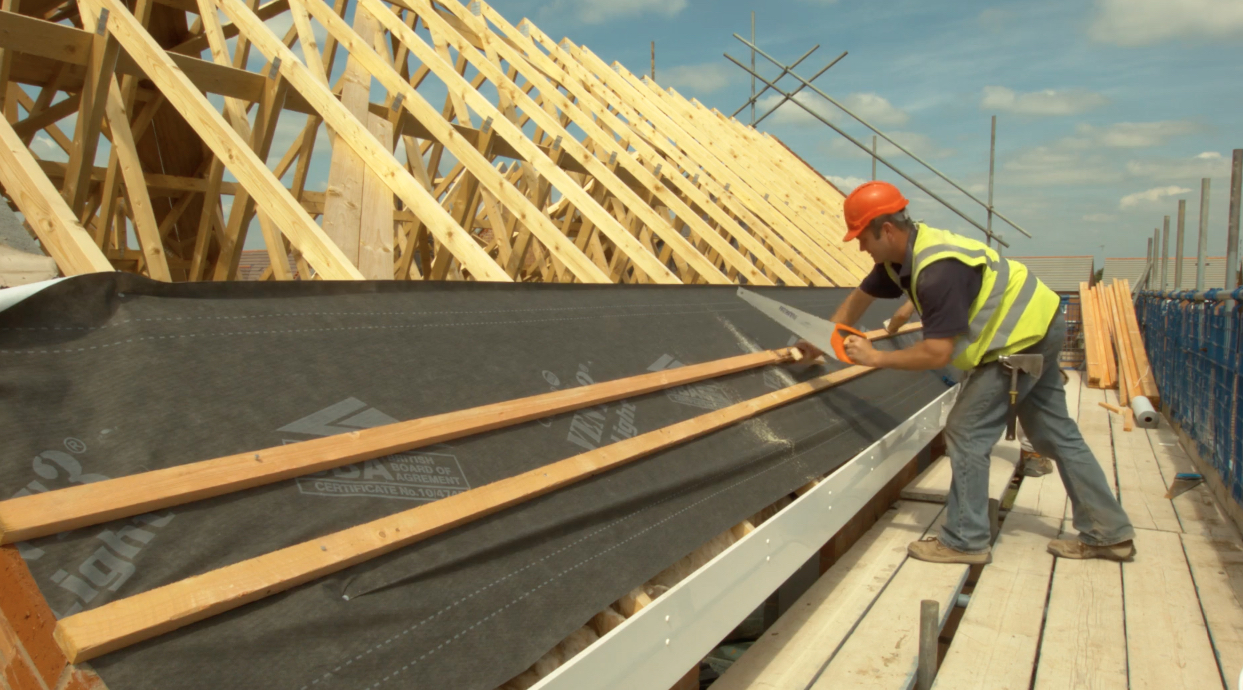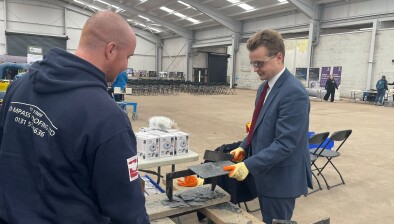Roofing contractors ‘bullish about 2022’ despite spiralling costs
Roofing contractors are optimistic about their workloads for 2022, with 43% of contractors expecting further growth over the next year, according to the NFRC/Glenigan State of the Roofing Industry Survey for Q4 2021.

Scottish roofing contractors are most buoyant – 72% of respondents from Scotland reported growing workloads in Q4 2021.
However, contractors reported being hampered by rising costs in the last quarter of 2021, with 86% of roofing contractors experiencing rising material prices and over half (55%) indicating rising labour costs on the previous quarter.
Whilst most (61%) have been able to pass these costs on, through raising their tender prices, a significant proportion (39%) of contractors haven’t been able to, and will have to absorb these costs themselves. These price rises are set to continue into 2022, with the price of energy going up and labour availability worsening.
The survey also found that:
- Workloads grew in Q4 2021 – a positive net balance of 30% of roofing contractors saw their workloads grow in the last quarter of the year, down on the previous quarter. This is the fifth consecutive quarter of growth since the survey began.
- Future enquiries remain strong but down on the previous quarter – contractors in the domestic and commercial repair, maintenance and improvement sectors reported the highest growth in enquiries.
- Growth was experienced across all sectors – however, the biggest slowdown in growth was seen in the new build residential sector, which saw 20% of roofing contractors reporting growth, down from 36% in the previous quarter.
- Wales saw a slowdown in its growth on the previous quarter and was the only part of the UK to see lower workloads compared to the previous year.
- Roofing contractors are using sub-contracted labour to help recruitment difficulties – One in ten (11%) of respondents reported increasing their use of sub-contracted labour as 74% of firms said they experienced greater recruitment difficulties over the quarter.
- Roof tiles continue to remain in shortage – just under a third (32%) of roofing contractors reported difficulty obtaining concrete and clay roof tiles. Just over one in five are struggling to obtain timber battens and insulation.
- The majority of roofing contractors have to wait more than 30 days for payment – 63% of respondents reported that it takes more than 30 days to be paid.
NFRC’s head of policy and communications, Philip Campbell, said: “On the face of it, roofing contractors are feeling bullish—most have seen five consecutive quarters of growing workloads, and the pipeline of future enquiries remain robust, and are therefore mostly optimistic that workloads will continue to grow over the year. However, this optimism is dampened by the reality of spiralling cost increases, the likes of which haven’t been seen in recent times.
He added: “What is most concerning is that over a third of roofing contractors haven’t been able to pass these costs on in their tender prices. Many contractors are operating on very tight margins, and their working capital has already been eaten away by things like retentions, late payment and more recently, reverse charge VAT. If these costs continue to rise, the financial health of many firms could be put in jeopardy. Manufacturers and clients must work collaboratively with specialist contractors to ensure these costs are distributed fairly throughout the supply chain and fixed price contracts are honoured.”
Allan Wilén, economics director at Glenigan, said: “Roofing contractors continued to grow their workload during the final quarter of last year, despite the disruption of labour and material shortages. An increase in new enquiries bodes well for the first quarter of 2022 and contractors anticipate a further strengthening in workload over the course of this year.”














